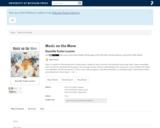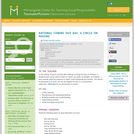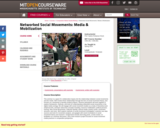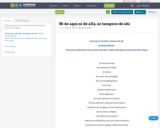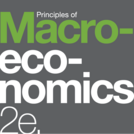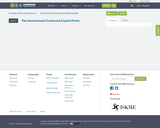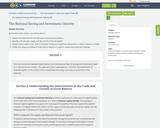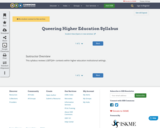
During the 1950s, the United States was gripped by McCarthyism, a period of accusations against individuals and groups for treason without just evidence. Heightened by fears of communist spies hidden among the U.S. population, Senator Joseph McCarthy gained prominence after presenting a list of possible Communist Party members working within the U.S State Department. This lesson discusses how McCarthyism abused the First Amendment rights of Americans, how it targeted Chinese Americans during the Korean War, and the modern day racial profiling of people in the name of national security.
2021 Social Science Standards Integrated with Ethnic Studies:
Civics and Government: 8.2, 8.8, 8.10, HS.1, HS.2, HS.6, HS.9, HS.10
Historical Knowledge: 8.25, HS.52, HS.61, HS.63, HS.64, HS.65
Historical Thinking: 7.25, 8.31, HS.67, HS.68, HS.69
Social Science Analysis: 7.30, 8.33, 8.36, HS.71, HS.72, H.73, HS.74, HS.78
- Subject:
- English Language Arts
- History
- U.S. History
- Material Type:
- Lesson Plan
- Author:
- The Asian American Education Project
- Date Added:
- 02/01/2023
